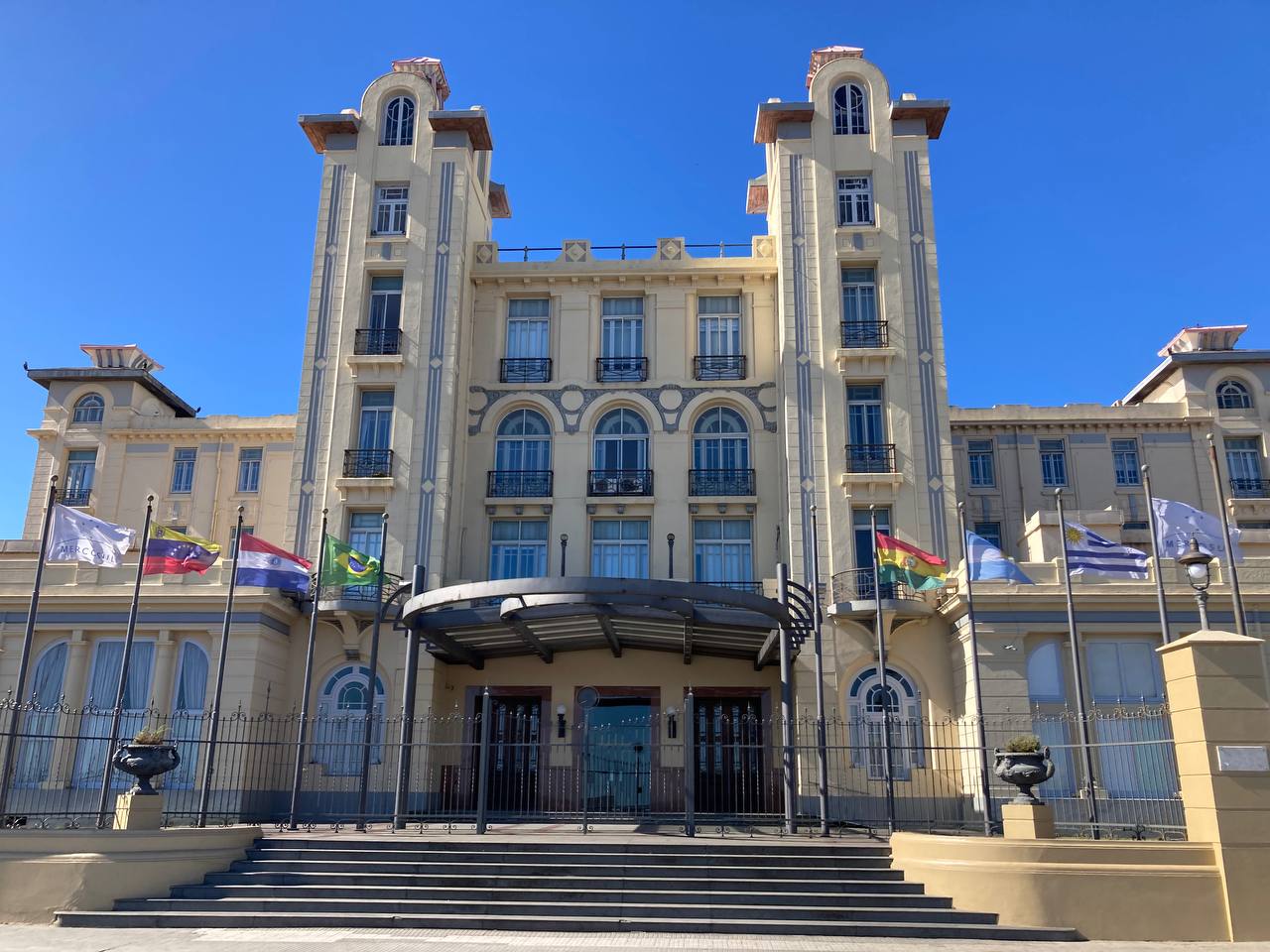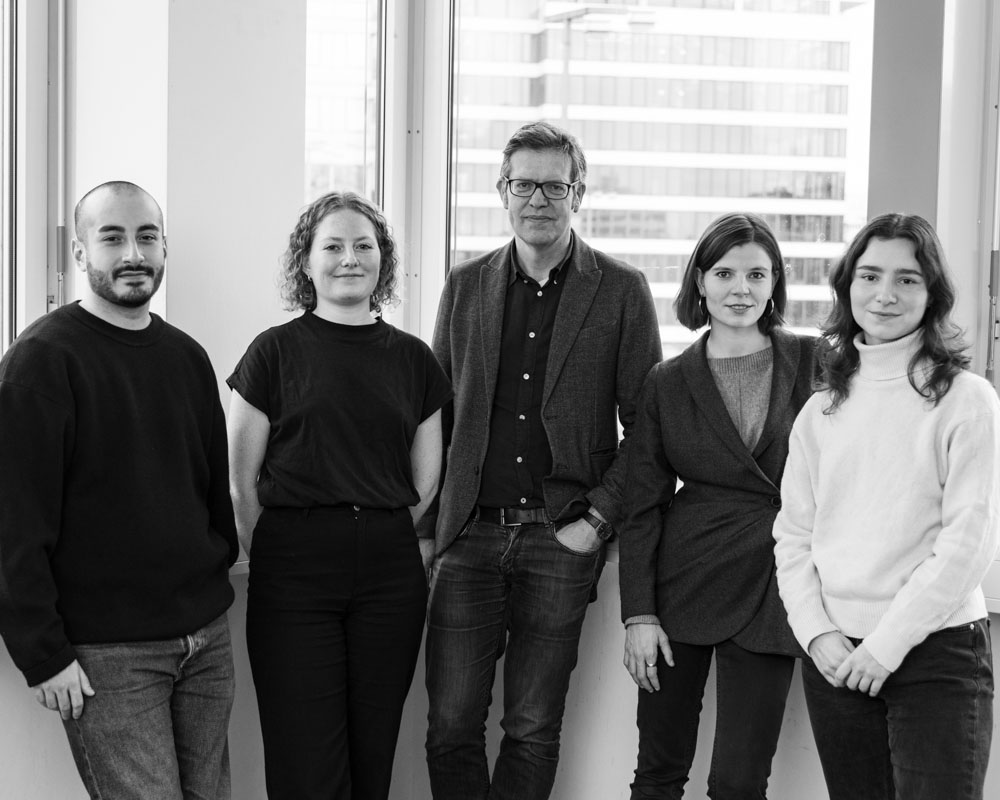Subprojects | Project Area C | Circulation and Order
C01
The Borders of the World II: Conflicts and Tensions in the Formation of Macro-Territorial Borders
As part of project area C “Circulation and Order,” the subproject approaches the question of the refiguration of spaces from the perspective of borders. In the first funding period, the project focused on an inventory and analysis of border infrastructures in a global context and analyzed four highly fortified borders in relation to their determinants. In the upcoming phase, the project will focus on processes of macro-territorial border formation in the course of regional integration projects and their impact on mobility. The assumption, hereby, is that forms of regional integration represent an important intermediate level between the global level and the nation-state “container.” Processes of regional integration often support the opening of internal borders and strengthen freedom of movement within internal relations, but also – possibly as a result – precipitate processes of closure toward the outside world. While the Schengen Agreement, designating a complete dismantling of border controls, represents the most advanced form of macro-territorialization, in other cases typical elements may include visa exemption, extended rights of residence and settlement, or access to the labor market. At the same time, political and economic inequalities and conflicts have been observed to permanently block ambitious integration projects. This subproject is therefore also concerned with collisions and entanglements of different border types and spatial figures as well as the emergence of new spatial orders. Border change of the kind mentioned here links the territorial spaces of nation-states in new ways, transforms the border as a place, and creates new kinds of networks and circulations – each process producing specific tensions. Using three exemplary cases from different regions of the world (EU; Mercosur; ECOWAS), the subproject examines how circulation changes within and across macro-territorial borders and asks which types of spatial conflicts arise in the process. In addition, it will be analyzed how processes of extra-territorialization of borders (for example, in the context of the EU’s border policy) can come into conflict with the logic of space expressed in projects of regional integration. For example, the involvement of member countries of the Economic Community of West African States (ECOWAS) in the EU’s migration policy has led to less freedom of movement within the regional integration zone. The project adopts a systematic comparative and case-reconstructive perspective and explores the research subject through document analysis and expert interviews. Finally, the border data collected in the first phase will be expanded along with our visa data to allow for a comparative examination of a larger number of regional integration projects. The guiding proposition here is that borders open up on the inside and harden on the outside, and that new circulation regimes emerge in the process. The project investigates the creation and structure of new spatial arrangements in this context.
Phase 1 (2018-2021)
The Borders of the World: Processes of De- and Rebordering in a Global Perspective
In the project “The Borders of the World: Processes of De- and Rebordering in a Global Perspective”, Prof. Dr. Steffen Mau and his colleagues analyse territorial borders between different nation-states.
In contrast to earlier assumptions of globalisation literature, which predicted ongoing debordering and a diminishing role of borders, the project conceptualises borders as physical and material barriers. This conceptualisation allows to analyse how border infrastructures affect the appropriation of space, the organisation of territoriality, and the mobility of individuals. In this perspective, rebordering and re-figuration are intertwined.
The project applies a comparative approach in order to survey the material and physical qualities of land border of nation-states. We expect that differing border configurations lead to varying relations of space and spatial stabilisation.
The project aims at surveying all land borders between nation-states. A systematic typology of borders will include borders without barriers, borders with punctual controls and patrols, and those that feature significant fences and walls with barbed wire.
On the basis of this taxonomy, case studies on borders that are highly fortified and militarised will be conducted. The qualitative part of the study is intended to provide in-depth insights on the factors driving the fortification and militarisation of borders as well as their effect on border crossings, interactions and mobility.











